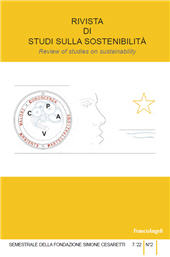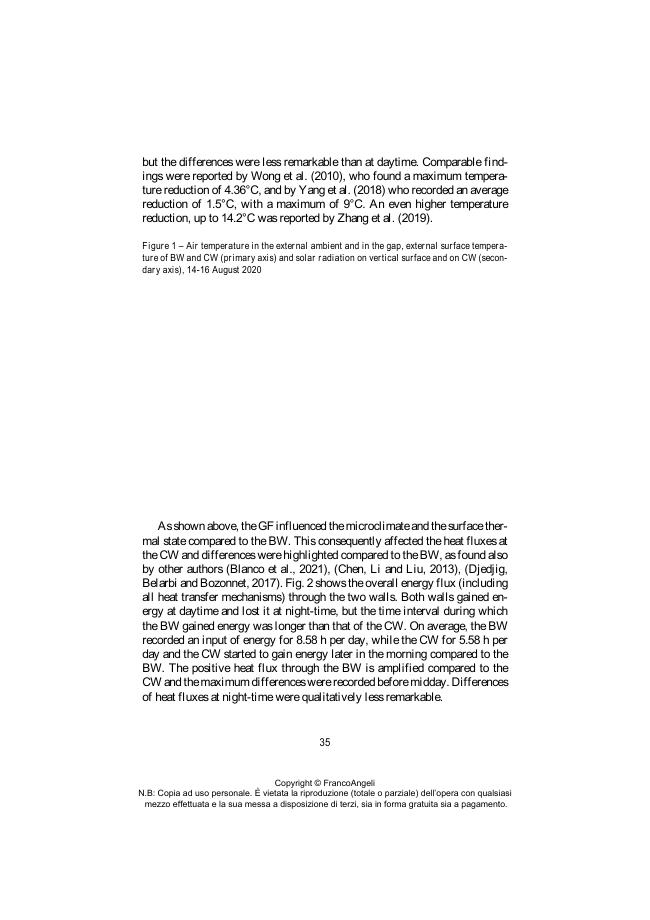Energy performance of green façades
29-40 p.
Green façades consist of the application of vegetation on buildings' vertical envelope. The integration of vegetation into the building fabric improves not only the aesthetic appearance, but also the energy performance of the building itself. The introduction of green façades mainly aims at a passive thermal control of buildings' for enhancing sustainability of the built environment. An experimental green façade was tested at the University of Bari, in a Mediterranean climate context. The experimental green façade was southexposed and realized with evergreen plants, following the characteristics of the indirect typology. A portion of the south wall was left bare to be used as a control for comparison. The contribution of the green façade in terms of passive climate control was particularly relevant during summer.
Vegetation affects the boundary climatic conditions and the surface temperature. A reduction in sensible air and surface temperature of up to 2.2°C and 6.7°C, respectively, was recorded. The wall behind vegetation received 95.6% less solar radiative energy than the bare wall. These results were a direct consequence of the two main cooling mechanisms that characterize the green façade, the evapotranspiration and the shading effect. These effects affected the heat transfer reducing the energy input through the covered wall. The reduction of the incoming heat through the covered wall was read as energy saving, since it inevitably affects the building energy demand for cooling. It was found that the green façade allowed a mean daily energy saving of 1.1 MJ m2 and that 90.9% of this was obtained at daytime. These findings contribute to increasing the knowledge of energy functioning and of the real advantages provided by green façades. [Publisher's text].
-
Articles from the same issue (available individually)
-
Information
ISSN: 2239-1959
KEYWORDS
- green infrastructure, building energy efficiency, energy saving, heat transfer, shading, evapotranspiration, cooling demand



